Bow Thrusters: Construction and Working
Table of Contents
Bow thrusters are a type of propeller-shaped system fitted either on the bow (forward part) and stern part (known as a stern thruster) of the ship. They are smaller in size as compared to the ship’s propeller and help in better manoeuvrability of the vessel at lower speeds.
Bow thrusters are generally used for manoeuvring the ship near the coastal waters, channels or when entering or leaving a port while experiencing bad currents or adverse winds.
Bow thrusters help in assisting tugboats in berthing the ship to avoid unnecessary wastage of time and eventually money because of lesser stay of the vessel in the ports. The presence of bow thrusters on a vessel eradicates the need of two tugs while leaving and entering the port, and thus save more money.
Nowadays ships have both bow and stern thruster, which makes them independent of the tugboats for manoeuvring in the port limits (if the port regulation does not make it compulsory to use tugboats).
Related Read: A Detailed Explanation of How a Ship is Manoeuvered to a Port
Installation Of Bow Thruster
Generally, side thrusters are transverse thrusters placed in a duct located at the forward and aft end of the ship. The thruster set in the forward end is known as the bow thruster and the one placed in the aft end is known as the stern thruster.
The requirement for the number of thrusters to be installed depends on the length and the cargo capacity of the ship. The route of the vessel also plays an important factor as many countries have local regulations of compulsory use of tugboats to enter or leave their port limits.

For the installation of the side thrusters, the following things are important:
- The thruster compartment, also known as bow thruster room, should be easily accessible from the open deck by the ship’s crew
- As most of the seagoing vessels use an electric motor for the thruster, which is heat-generating machinery and must, therefore, be positioned in a dry and well-ventilated area
- The bow thruster room should be fitted with a high-level bilge alarm and the indication to be provided in engine control room and bridge
- The thruster room should be well lit
- The room should be provided with at least one light supplied from the emergency source
- In the case of installation of more than one panel, make sure to operate the thruster from only one panel at the time
- The thruster room should not be used to store flammable products in the area of the electric motor
- The installation of the tunnel or conduit containing the propeller must be positioned perpendicular to the axis of the ship, in all the directions
- The propeller should not protrude out of the conduit
- Grid bars may or may not be fitted at both ends of the tunnel (taking into account of how much debris the ship bottom will experience in its voyage). The number of bars for them to be kept at a minimum as they tend to reduce the thrust force and overall performance of the bow thruster (or stern thruster)
- Sharp edges on the grid bars to be avoided. Trapezoidal shape with no sharpness is a good choice of design for grid bars installed perpendicularly to the direction of the bow wave
- The design and position of the thruster tunnel should not interfere with the water flow under hull or should not add to hull resistance
- Ensure that the material used for the installed thruster does not foul existing equipment inside the ship such as steering links etc.
Related Read: Understanding Design Of Ship Propeller
Construction and Working of Bow Thrusters
The bow and stern thrusters are placed in the through-and-through tunnels which open at both sides of the ship. There are two such tunnels – at forward and aft ends of the ship.
The thruster takes suction from one side and throws it out at the other side of the vessel, thus moving the ship in the opposite direction. This can be operated in both the directions, i.e. port to starboard and starboard to port.
The bow thrusters are placed below the waterline of the ship. For this reason, the bow thruster room should be checked for water accumulation at regular intervals of time.
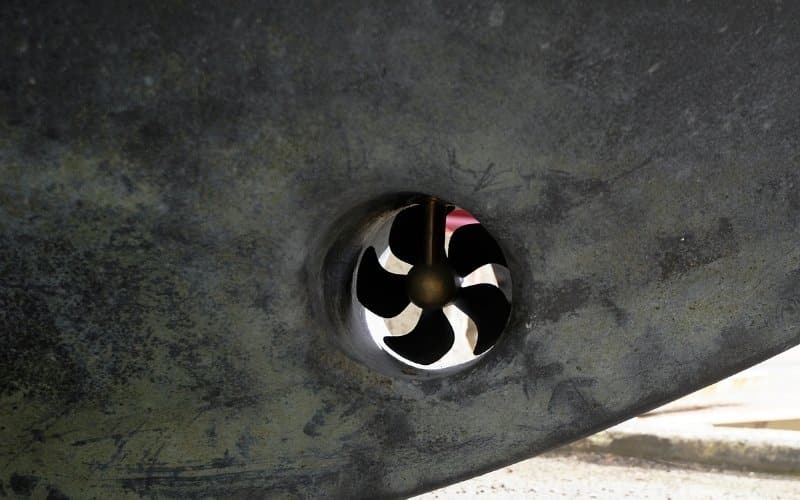
The bow and the stern thrusters can be electrically driven or hydraulic driven or diesel driven. However, the most commonly used are electric driven, as in hydraulic driven thrusters there occur many leakage problems.
Also, with diesel-driven bow thrusters, the amount of maintenance required is more and every time before starting someone needs to go to the thruster room to check the thrusters.
The thruster used are usually of CPP type, i.e. the blades on the propeller boss can be moved to change the direction of the thrust.
The boss which carries the blades is internally provided with a movable shaft (operated by hydraulic oil) also know and Hydraulic Pod Motor-driven Thrusters.
Once the signal is given to change the pitch, the hydraulic oil will be supplied to operate the internal shaft (within the boss) to change the blade angle of the thruster (as shown in the video).
Related Read: 10 Precautions to Take Before Operating Controllable Pitch Propeller (CPP) on Ships

The motor shaft drives the shaft of the thruster via pinion gear arrangement. The sealing gasket is provided in the motor casing which holds the water which is in the tunnel.
The Thruster assembly consists of the following components:
- The electric motor with safety relays
- The flexible coupling between motor and thruster
- Mounting and casing for the electric motor
- The connecting flange and shaft
- Motor casing seal
- The tailpiece with shaft seal
- Bearings
- The propeller shaft
- The zinc anodes
- Grid with bars at both ends of the tunnel
Operation Of Bow Thruster
Bow thruster consists of an electric motor which is mounted directly over the thruster using a worm gear arrangement. The motor runs at a constant speed, and whenever there is a change required in the thrust or direction, the controllable pitch blades are adjusted.
These blades are moved, and the pitch is changed with the help of hydraulic oil which moves the hub on which the blades are mounted. As the thruster is of controllable pitch type, it can be run continuously, and when no thrust is required, the pitch can be made to zero.
The thruster is controlled from the bridge, and the directions are given remotely. In case of remote failure, a manual method for changing the pitch is provided in the thruster room and can be operated from there.
Related Read: How Bow Thruster is Used for Maneuvering a Ship?
Usually, the hydraulic valve block which controls the pitch of the blades is operated in the BT room for changing the blade angle in an emergency.
When the Bow Thruster is operated alone, and the signal is given to operate the pitch at port side, the thrust will result in turning the ship towards the starboard side from the forward part.

Similarly, when the Bow Thruster is operated alone, and the signal is given to run the pitch at starboard side, the thrust will result in turning the ship towards the port side from the forward part.
When the stern thruster and bow thruster are operated together on the same side, the ship will move laterally towards the opposite side.
As seen in the above diagrams, the bow thruster and the stern thruster provides excellent manoeuvrability to the ship.
Things To Note While Operating Side Thrusters
- Ensure to start the motor well ahead of the thruster operation and open the hydraulic lines
- Never operate the thruster beyond its rated load else it may lead to tripping of the motor
- Gradually increase the capacity and shift the pitch. Avoid sudden changes in the BT movement
- The side thrusters are considered as an “on load” starting device, i.e. they should only be operated when they are submerged in water
- Before operating the thruster, check for small craft, swimmers, boats and tugs adjacent to the thruster tunnel
- Never touch any moving parts or the electric motor in operation
- In the case of installation of more than one panel, ensure the thruster is operated from only one panel at a time
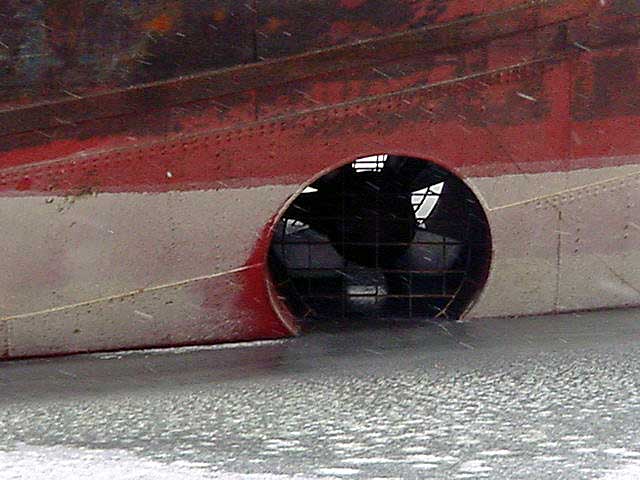
Maintenance Of Bow Thrusters
1) The insulation needs to be checked regularly and should be kept dry. This is done because bow thrusters are not used frequently and thus there are chances of damages by moisture. Moreover, because of the frequent idle state of the bow thrusters, there can be a reduction in insulation resistance, especially in colder regions.
2) The space heater is checked for the working condition so that the insulation can be kept dry.
Related Read: Importance of Insulation Resistance in Marine Electrical Systems
3) The bearings of the motor and the links are to be greased every month.
4) The condition of hydraulic oil is to be checked every month for water in oil and samples should be sent for lab analysis for further checking.
5) The thickness of the contactors is to be checked from time to time.
6) Checks are to be made for any water leakages in the bow thruster room which is an indication of seal leaking.
7) The flexible coupling between the motor and thruster should also be checked.
8) Check and inspect all the cable connections for the cleanliness and tightness
9) Vacuum or blow clean the motor grid for removing the carbon grid which may increase the operating temperature
Major Maintenance Of Bow Thrusters
The major overhauling and maintenance of the bow and stern thruster are done during the dry dock when the ship’s hull is out of the water, and the thruster blades and tunnel can be easily accessed.
Following maintenance are usually done in the dry docking:
- Replacement of the O’ rings and the sealing rings
- Removal of the pinion shaft
- Inspection and maintenance/ replacement of gear set
- Replacement of the bearings
- Repairs, cleaning and replacement of the blades
- Inspection of hub and repair if needed
- Inspection and overhauling of the oil distribution box (for operating propeller blades)
Advantages Of Using Bow Thrusters
1) Better manoeuvrability at low speeds of the ship.
2) Safety of the ship increases when berthing in bad weather.
3) Saves money due to the reduction of stay in port and less usage of tugboats.
Disadvantages Of Using Bow Thrusters
1) A very large induction motor is required, which takes a lot of current and load, and thus large generator capacity is required.
2) Initial investment is high
3) Maintenance and repairs are costly when there is damage.
The thrust force produced by the motor to move the ship will depend on various parameters such as; hull design, power source, the design of the tunnel, use of grids, draft and load of the vessel etc.
The condition of the weather and state of the water also plays a vital role in BT performance.
You might also like to read:
- What’s The Importance Of Bulbous Bow Of Ships?
- How Bow Thruster is Used for Maneuvering a Ship?
- Bridge of a Ship- Design And Layout
- Nose Jobs For Ships – Reason Behind Retrofitting Bulbous Bow
- X Bow Hull Design vs Conventional Hull Design
Disclaimer: The authors’ views expressed in this article do not necessarily reflect the views of Marine Insight. Data and charts, if used, in the article have been sourced from available information and have not been authenticated by any statutory authority. The author and Marine Insight do not claim it to be accurate nor accept any responsibility for the same. The views constitute only the opinions and do not constitute any guidelines or recommendation on any course of action to be followed by the reader.
The article or images cannot be reproduced, copied, shared or used in any form without the permission of the author and Marine Insight.
Do you have info to share with us ? Suggest a correction
Latest Marine Technology You Would Like:
Get the Latest Maritime News Delivered to Your Inbox!
Our free, fast, and fun newsletter on the global maritime industry, delivered everyday.

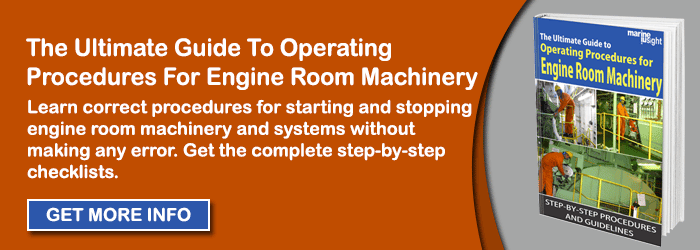
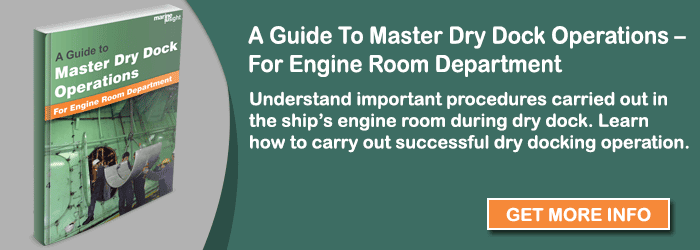

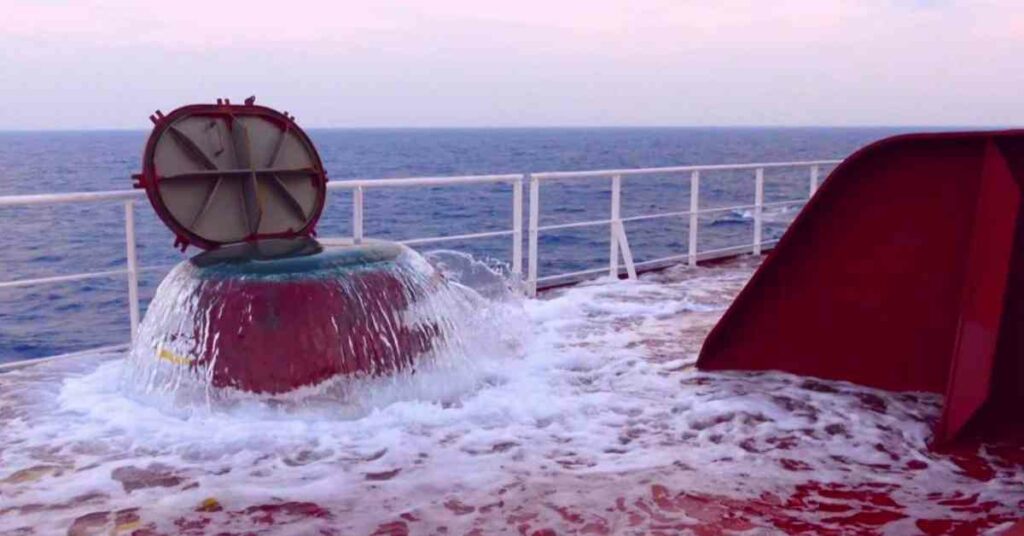
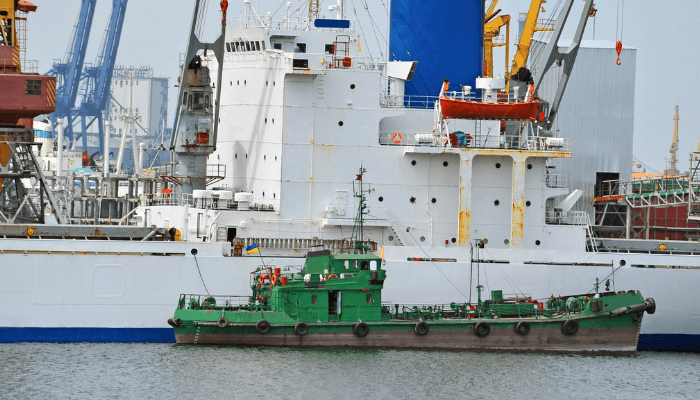
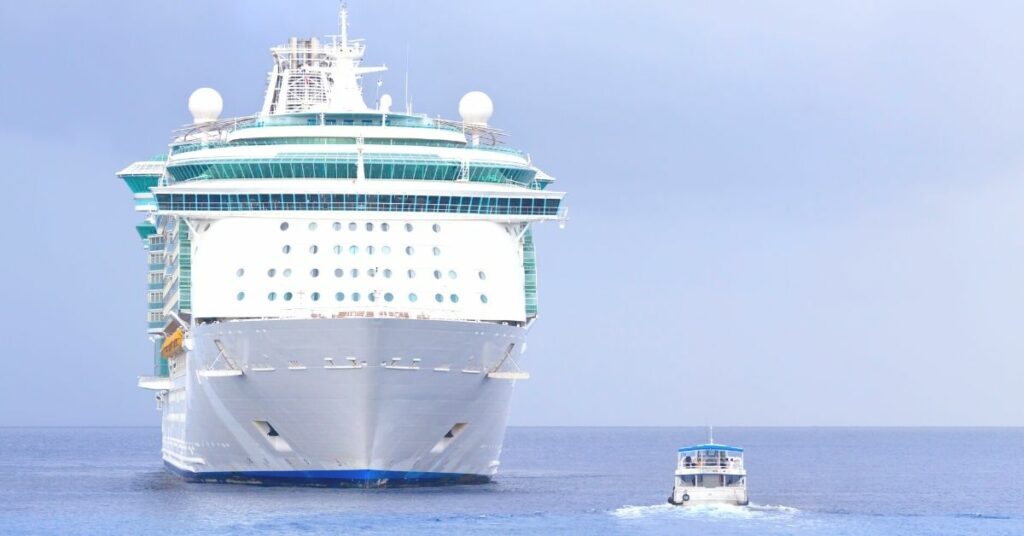
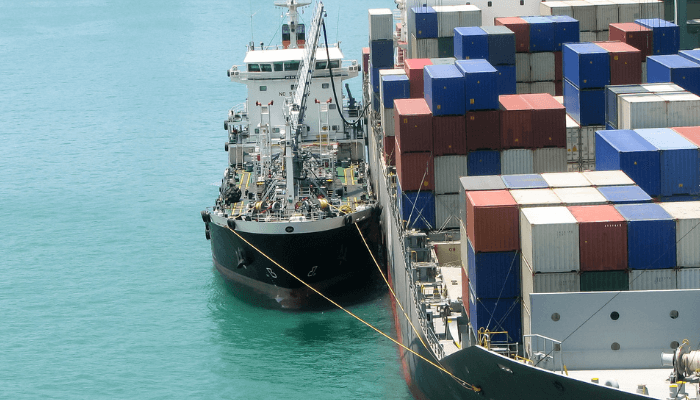
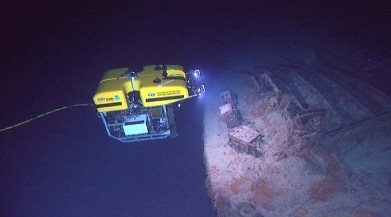
Hi Mohit,
I am a Marine and saftey advisor for a inland tanker company
I have read your article about bowthrusters. Interesting. But I am looking for a graph or table or whatsoever on which you may indicate what the effect of the bowthruster is by increasing speed of the ship/barge.
In case the ship has no speed the turning point is about amidships. By increassing the speed the turning point shifts into the direction of the bow. Also the transverse force of the bowthruster (water force) will be in my opinion reduced by the by the water flowing longitudinally along the ship’s side. I thinkls at 3 knost speed the effect will be dramatically reduced. What is your opinion about that? .
what is a good brand in order to install it on a 35mt sailing boat
Hello, this information is very amazing !
Thanks, for providing this useful information.
Glad you found it useful @Swastik
Hello, why our bow thruster is not pushing harder, like no effects?